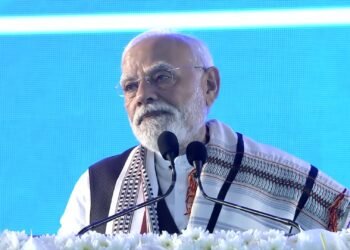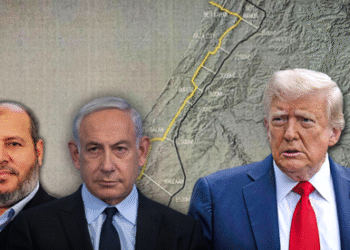As tensions between India and Pakistan continue to grow in the wake of the recent Pahalgam Attack, the Union Home Ministry has asked several states to conduct drills for the preparation for a war-like situation.
Throughout the drills, air raid warning sirens will sound, and civilians along with students will receive training in civil defense to ensure their safety during a hostile attack.
There would be arrangements for emergency blackout protocols and early camouflaging of essential facilities and structures. The states have been requested to revise their evacuation plan and conduct its practice. A minimum of 244 civil districts are involved in this mock drill.
What is a mock drill?
A mock drill is a training exercise that mimics an emergency scenario to equip individuals to react appropriately in actual situations. These exercises are crucial for guaranteeing that everyone understands how to respond promptly, securely, and effectively during a real emergency. Regardless of whether it’s a fire, earthquake, medical emergency, or another type of crisis, practice drills foster confidence and improve readiness among people.
Civil defence mock drill
Civil defence mock drill is a readiness exercise used to examine how the civilians will respond in a real war-like situation. The drills include creating a real-life scenario- air raid alarms sound, lights are turned off throughout cities, civilians rehearse sheltering protocols, and emergency teams function live. These exercises are designed to diminish panic, prevent confusion, and preserve lives by enhancing awareness and preparedness.
This action will assess the prompt public reaction to any aerial intrusion, including missile strikes or drone attacks. The sirens function as an essential initial warning system, enabling individuals to promptly find refuge.

Centre orders mock drill on May 7
On Tuesday (May 5), the Ministry of Home Affairs instructed various states, specifically in the north and west, to carry out mock drills for civil defence.
The civil defence drill and practice are planned to occur in designated civil defence districts throughout the nation to “evaluate and improve the preparedness of civil defence systems in all states and Union territories.”

The letter directing the mock drills also mentioned that civil defense is viewed as an “essential part of the nation’s passive defense strategy.”
For the preparation of the mock drills, the government has requested the involvement of district controllers, different district officials, civil-defence wardens, volunteers, home guards (both active and reserve), National Cadet Corps (NCC), National Service Scheme (NSS), Nehru Yuva Kendra Sangathan (NYKS), and students from colleges and schools.
Importance of mock drills
The Centre’s instruction to conduct these mock drills following the Pahalgam terror attack arrives three days after the Indian Army performed blackout drills at the Ferozepur Cantonment in Punjab.
Such exercises have not occurred in India since the early 1970s prior to the Indo-Pakistani War — the Bangladesh Liberation War. During that period, India conducted siren alerts where a siren would sound at a specific time, prompting people to switch off their lights.
Some individuals who remember the 1971 mock drills recall that they needed to cover the glass windows of their houses with paper, and if you were outside and heard the siren, you were expected to lie down on the ground and cover your ears.
Numerous analysts note that the practice exercises indicate a more troubling, profound change. They serve as a glaring reminder of the potential for conflict, indicating another decline in the already tense relationship between the two nations. They also mentioned that the choice to reinstate this pre-war practice carries significant implications.













